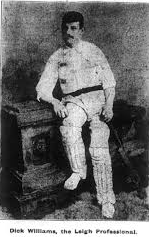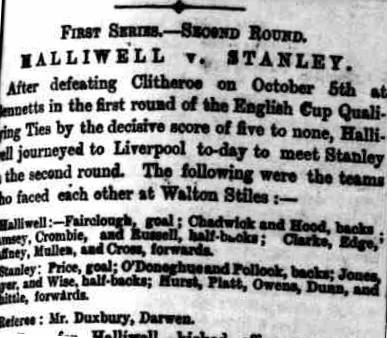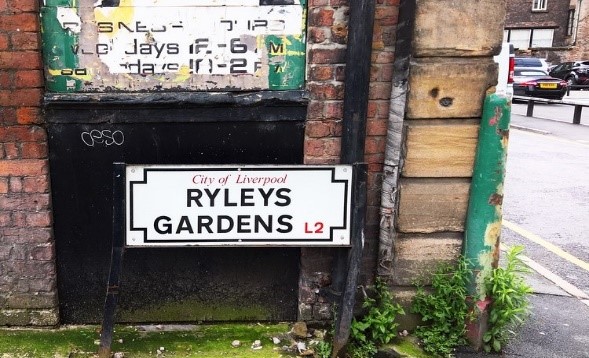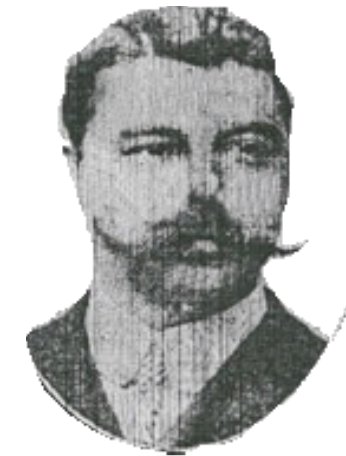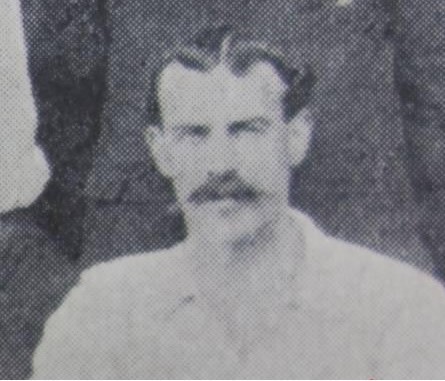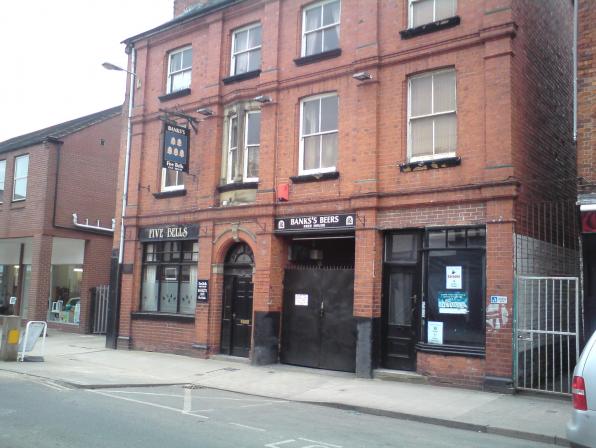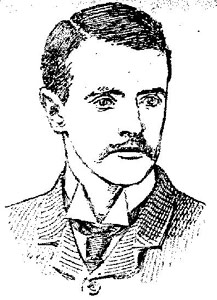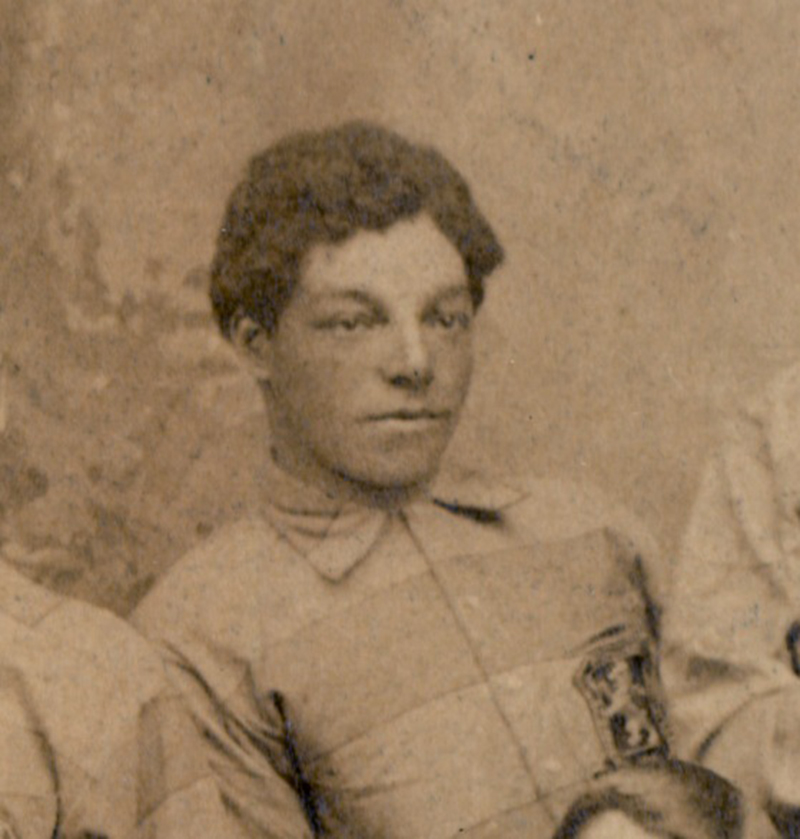Richard Williams, an Everton goalkeeper
Predating the renowned Port Sunlight model village by some twenty-five years, Bromborough Pool was built to house the workforce by William Wilson, the philanthropic owner who conducted the affairs of Price's Candle factory. It was also the birthplace of former Everton goalkeeper, Richard Williams. Born 17 April 1866, he was the third child of Richard, a general labourer, and his wife, Margaret. After being educated at the village school, the 1881 census showed that young Richard had started employment in the soap factory where he met Sarah Jane Brocklebank who he married in 1889. 1881 Census - Richard Williams, soap packer at Prices Candle Factory He had started his football career playing as a full back for Bromborough Pool but eventually established himself in the position of goalkeeper. The club were members of both the Wirral and…

